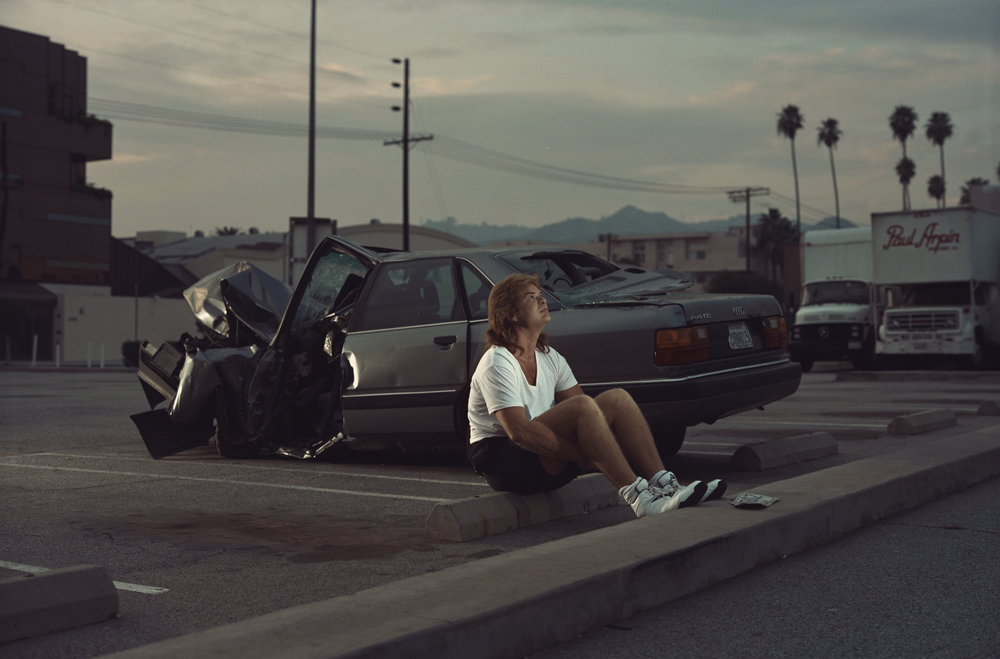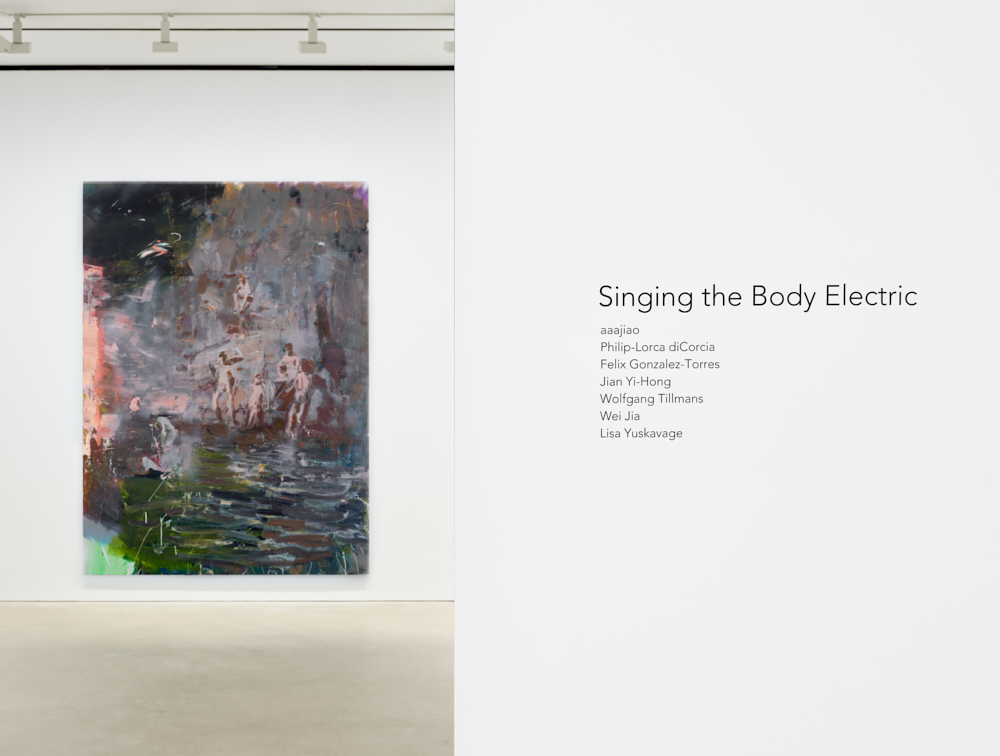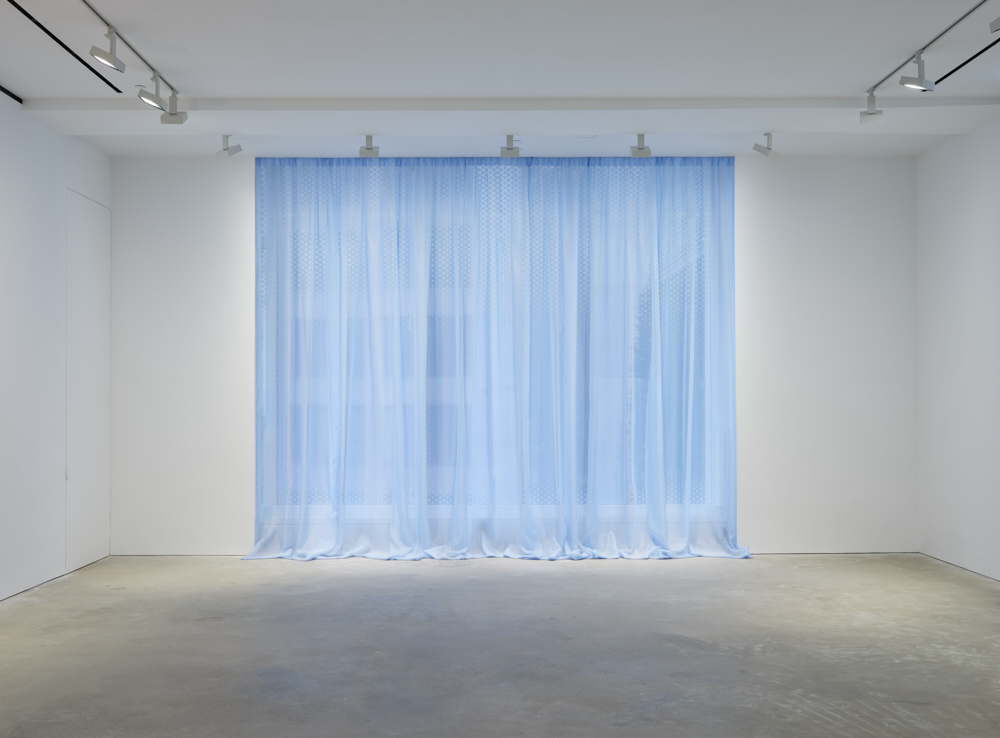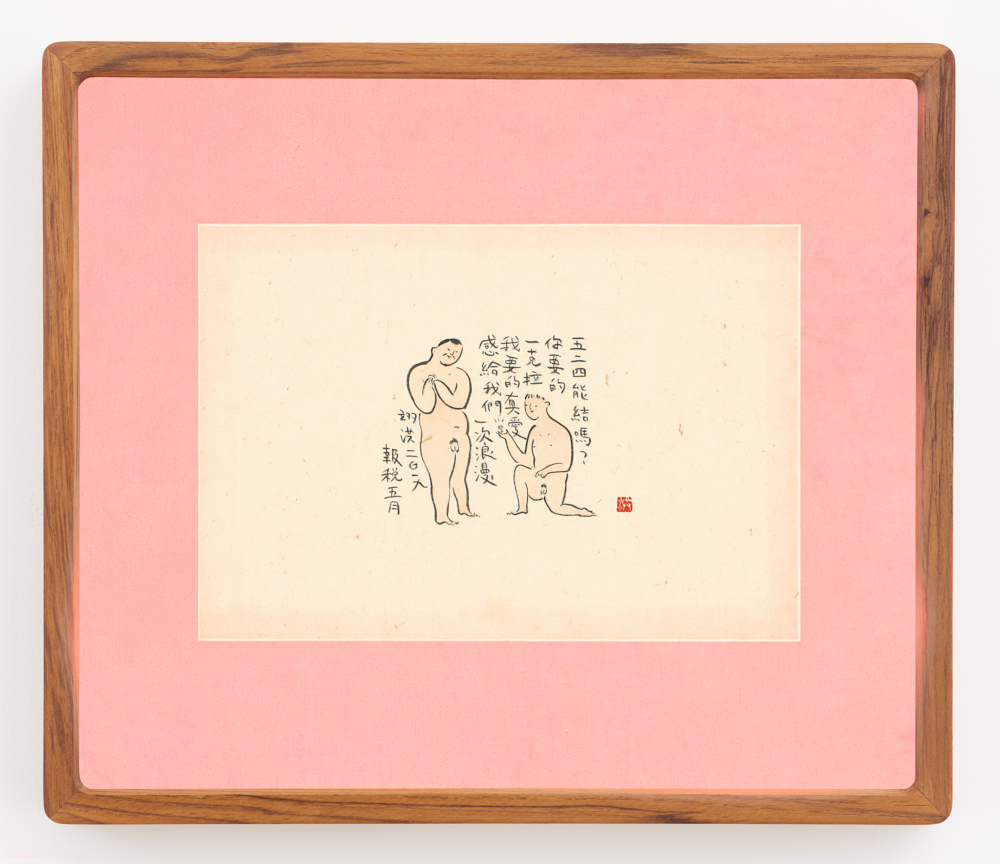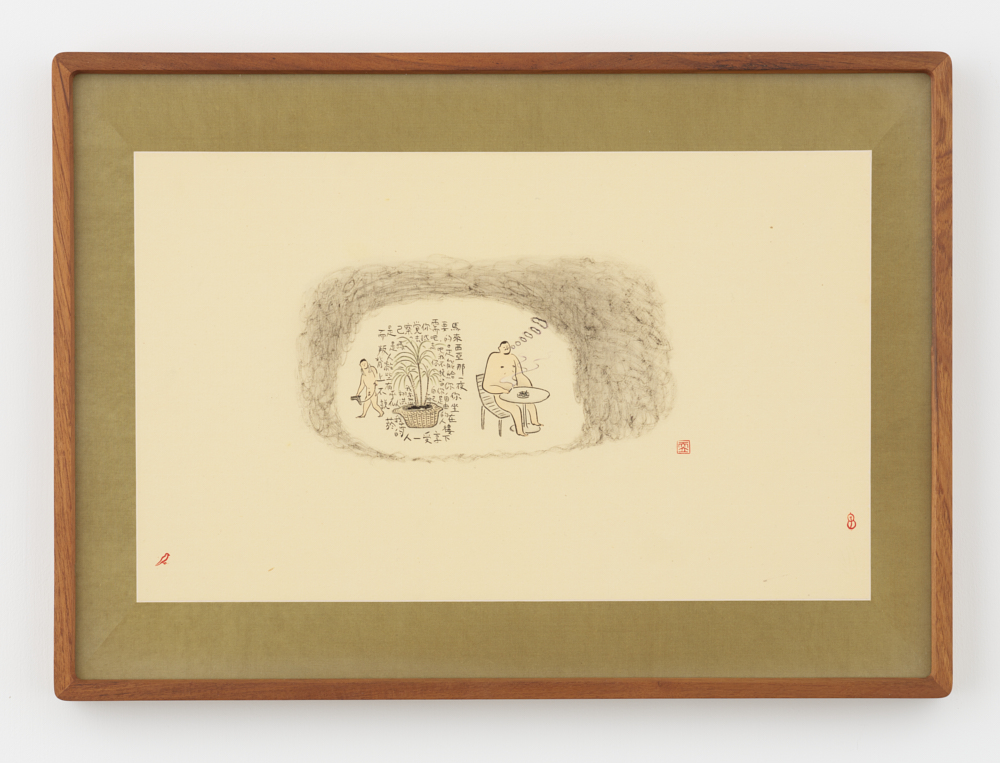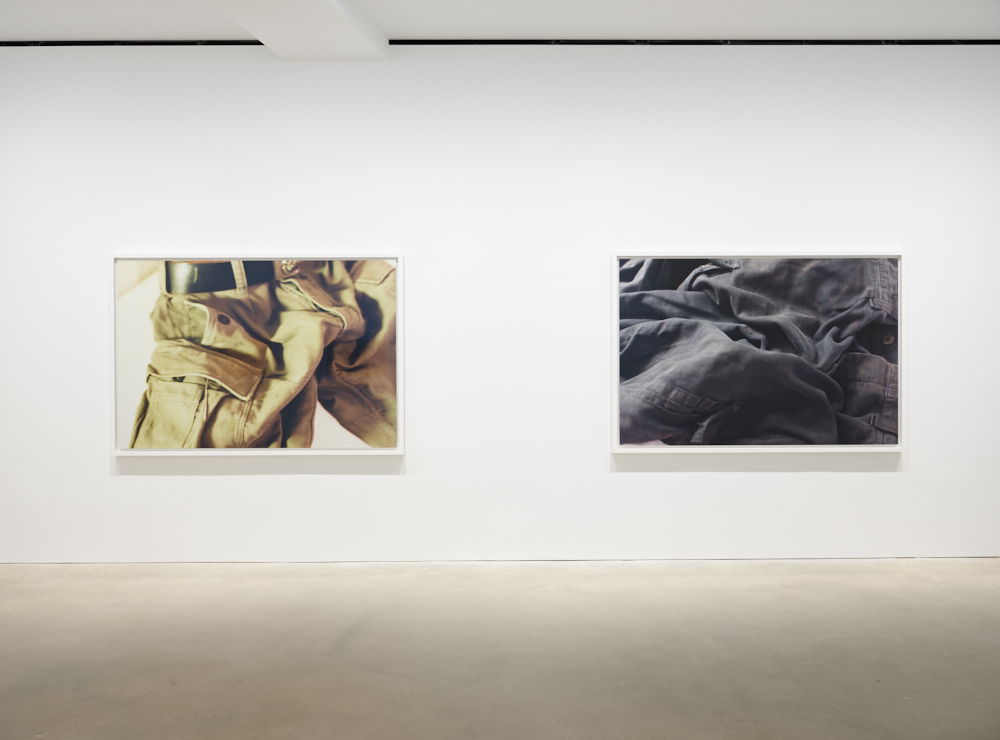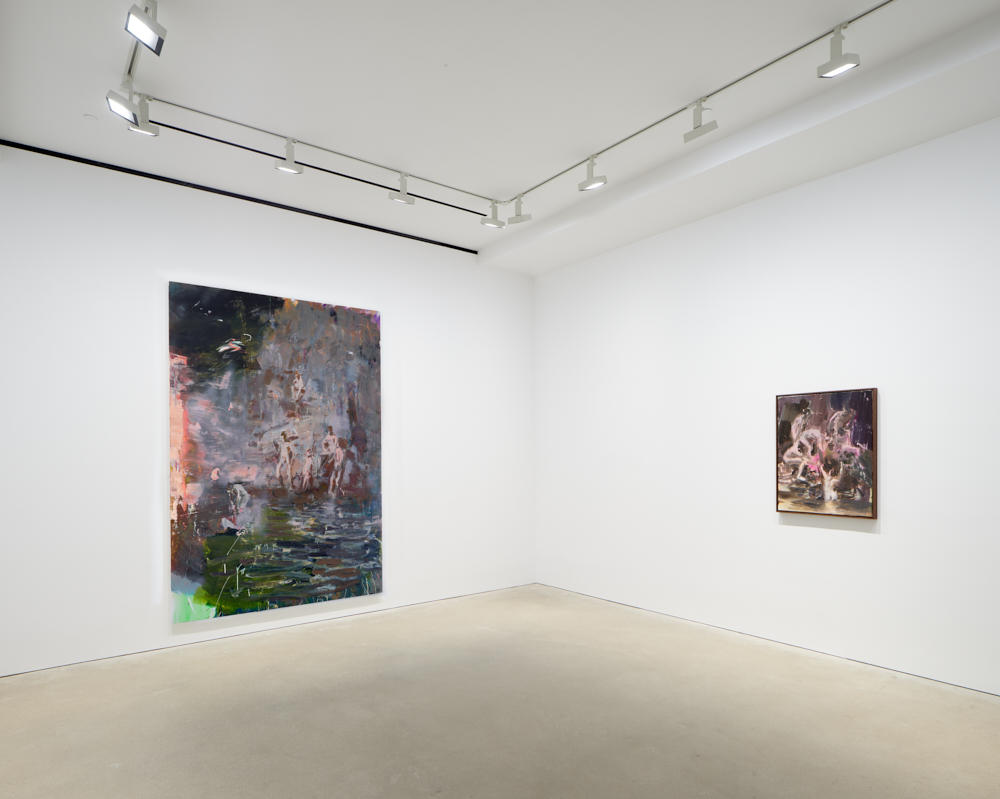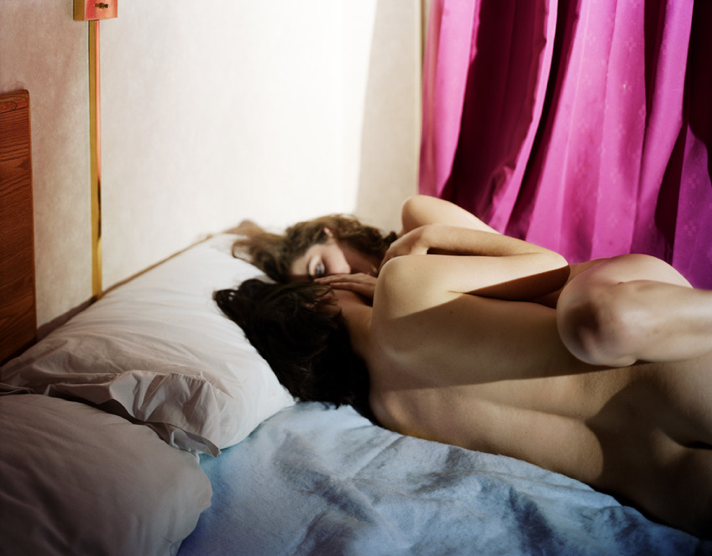Singing the Body Electric features work by aaajiao, Philip-Lorca diCorcia, Felix Gonzalez-Torres, Jian Yi-Hong, Wolfgang Tillmans, Wei Jia, and Lisa Yuskavage. The show’s title is derived from Walt Whitman’s ecstatic and politically nuanced poem “I Sing the Body Electric” from Leaves of Grass (1855). The exhibition includes work from across various media that likewise celebrates and complicates themes of the body and desire, while exploring physicality and identity in the context of the synthetic and alienating nature of a highly digitized world. Singing the Body Electric is on view through August 10 at David Zwirner 80 Queen's Road Central, Hong Kong. photographs courtesy of the gallery
The Shaping of New Visions
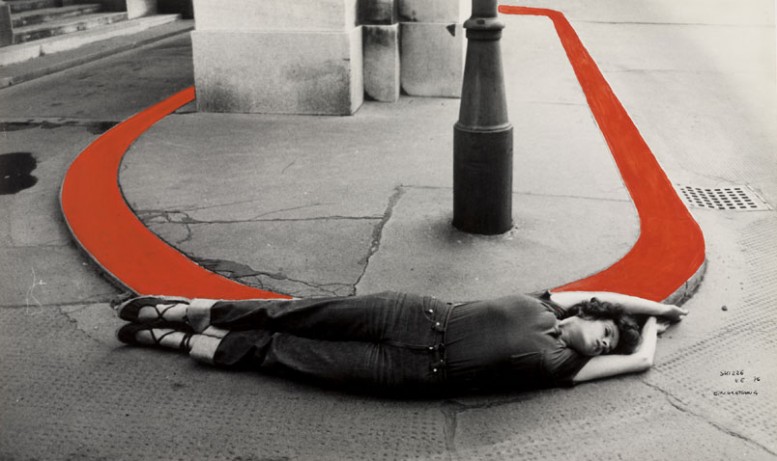 Valie Export, Einkreisung (Encirclement) from the series Körperkonfigurationen (Body Configurations). 1976.
Valie Export, Einkreisung (Encirclement) from the series Körperkonfigurationen (Body Configurations). 1976.
The Shaping of New Visions: Photography, Film, Photobook, on view this month at the MOMA in New York, covers the period from 1910 to today, offers a critical reassessment of photography's role in the avant-garde and neo-avant-garde movements—with a special emphasis on the medium's relation to Dada, Bauhaus, Surrealism, Constructivism, New Objectivity, Conceptual, and Post-Conceptual art—and in the development of contemporary artistic practices. The shaping of what came to be known as "New Vision" photography bore the obvious influence of "lens-based" and "time-based" works. El Lissitzky best summarized its ethos: "The new world will not need little pictures," he wrote in The Conquest of Art (1922). "If it needs a mirror, it has the photograph and the cinema." The Shaping of New Visions: Photography, Film, Photobook will be on view at the Museum of Contemporary art from April 18 to April 29, 2013.
Malerie Marder: Carnal Knowledge
Carnal Knowledge (Violette Editions) is the first collection of Marder's works in print. A seminal early experience for Malerie Marder was when a family friend invited her to photograph her with her lover, naked and in the anonymous setting of a motel room. This set the tone for Marder's work for the next decade. Her photographs of nudes are composed simply, her subjects sitting plainly near the centre of the frame, often set against the bleak anonymity of motel rooms, their impassive gazes almost daring a viewer to interpret their bodies. Beautifully illustrated with more than 70 works by Marder – described by Charlotte Cotton in her introduction as an ‘episodic drama of adjacencies’ – Carnal Knowledge also contains a preface by Gregory Crewdson, a text by novelist James Ellroy, short stories inspired by Marder's works by A. M. Homes, James Frey and Bruce Wagner, as well as a written and photographic correspondence between Marder and Philip-Lorca diCorcia.
The Truth is Not in the Mirror
 Michael Corridore, Untitled 13, from the Angry Black Snake series, Courtesy of a New York Collector
Michael Corridore, Untitled 13, from the Angry Black Snake series, Courtesy of a New York Collector
Photography as a medium has always been actively concerned with describing identity. While a portrait is typically an artistic representation of a person where verisimilitude is the goal, here the inquiry is questioned and expanded. Rather than employing a camera to create an objective document, the artists in this exhibition are often involved in constructing narrative sequences that pose questions with open-ended outcomes. As the title, The Truth is Not in the Mirror... suggests, photography has the power to imply, construct, and/or deny a narrative. Many of the photographers are contemporary storytellers and, in this sense, their work reflects facets of our ever-changing precepts about family, identity, truth and fiction. Artists include, in summary, Michael Corridore, Philip-Lorca diCorcia, Andy Freeberg, Lee Friedlander, David Hockney, Graham Miller, Martin Parr, The Sartorialist, Larry Sultan and Mickalene Thomas. The Truth is Not in the Mirror, Photography and a Constructed Identity is on view at the Haggerty Museum in Milwaukee, Wisconsin until May 22, 2011. www.marquette.edu/haggerty

